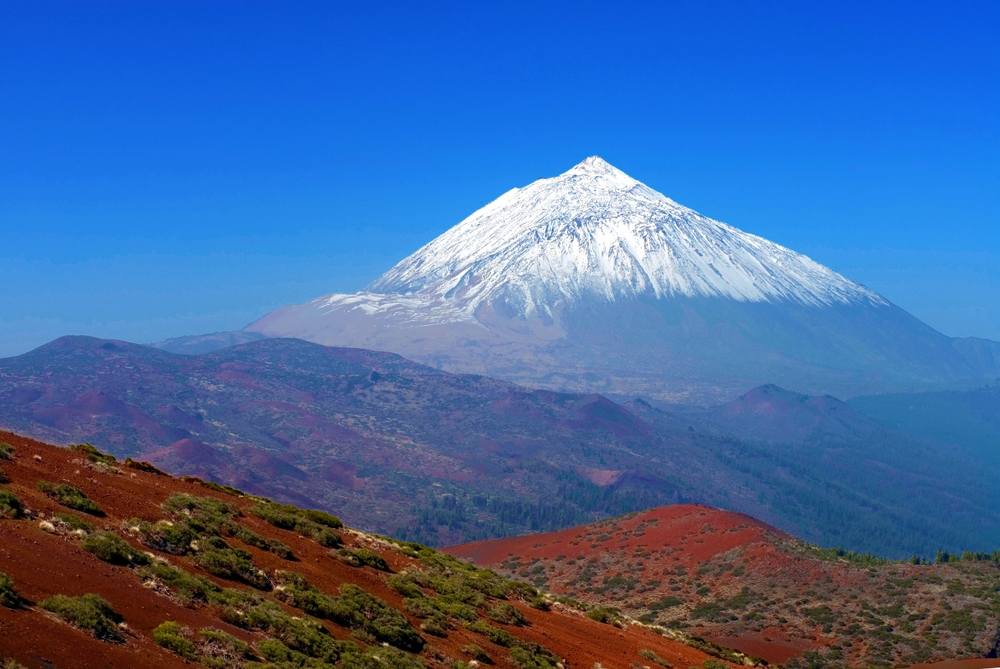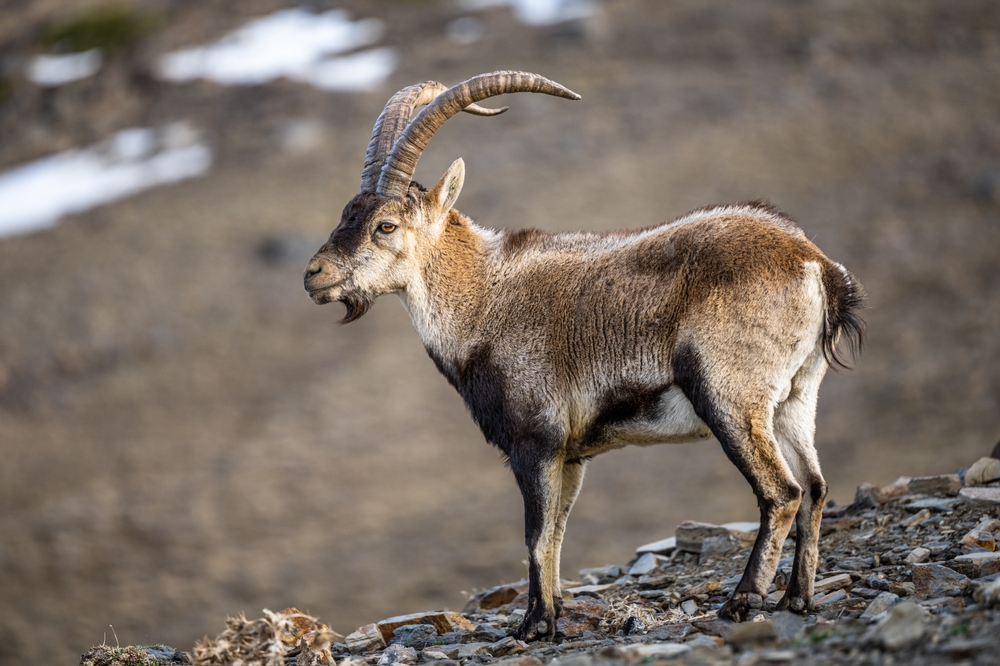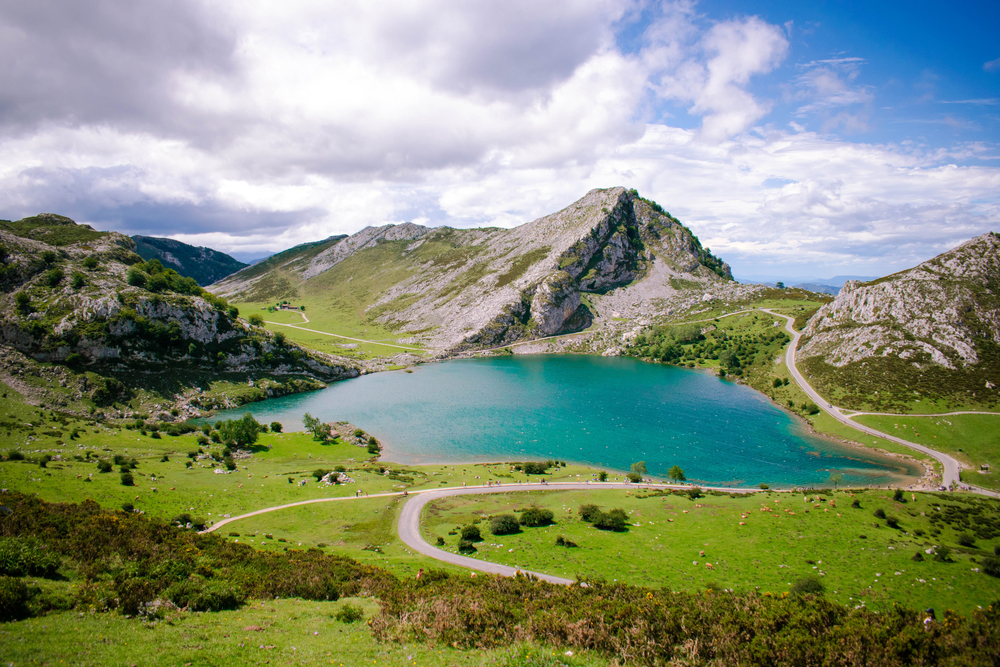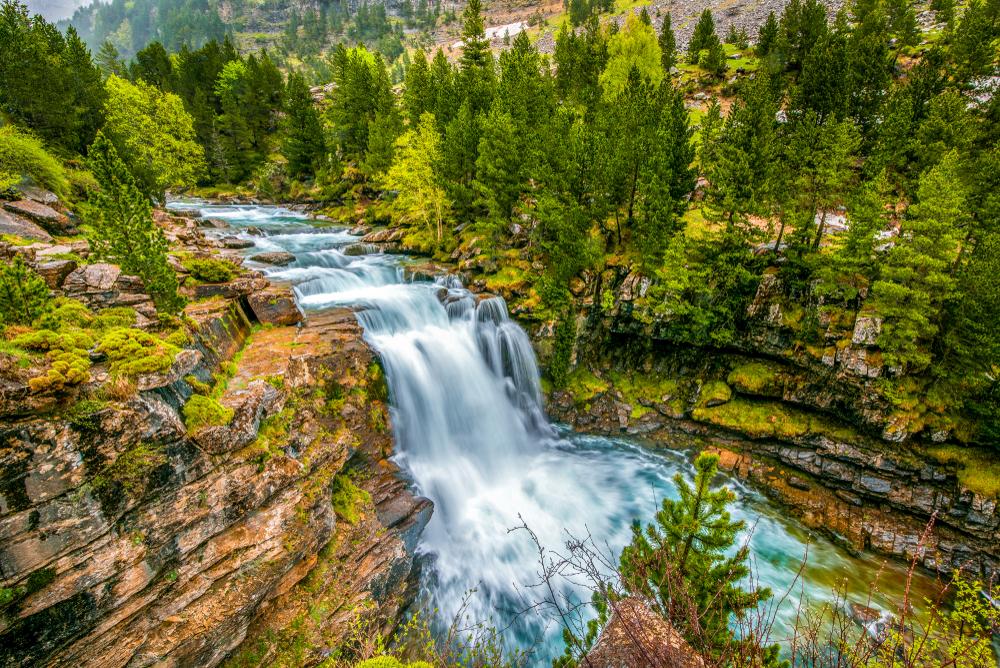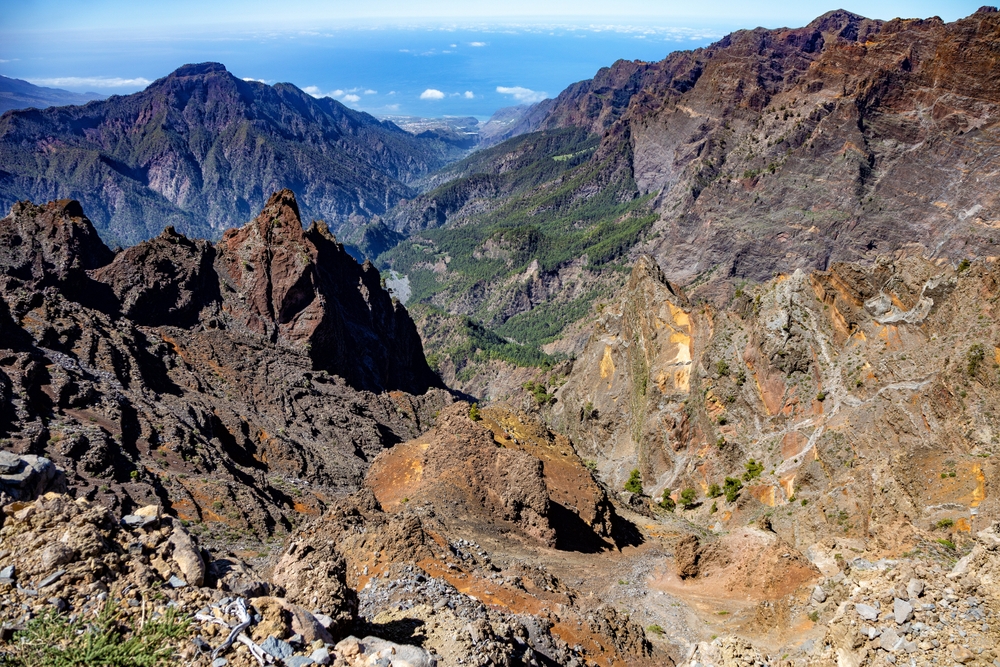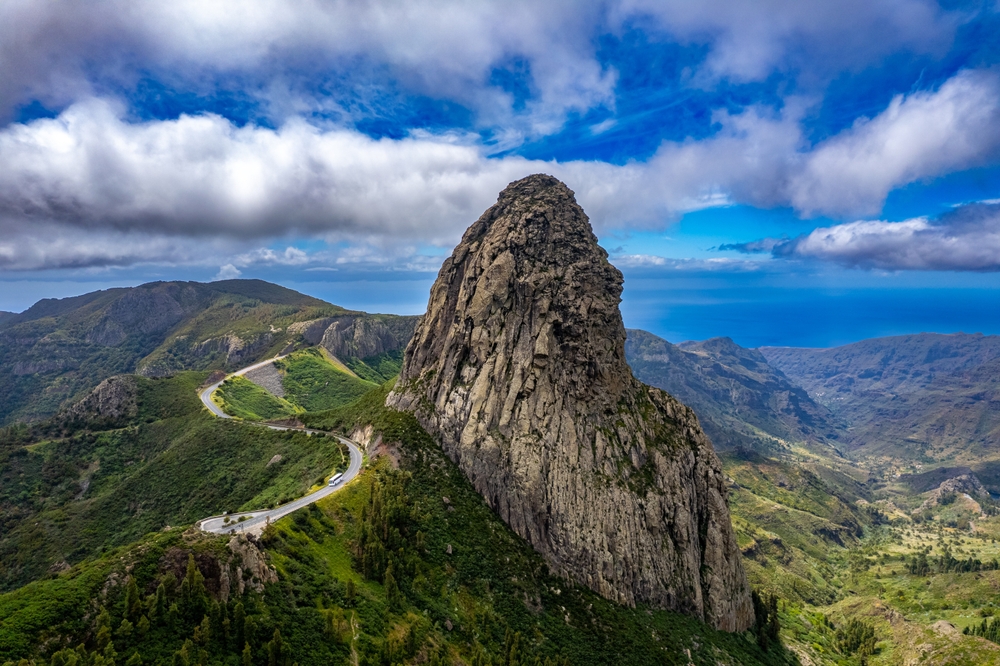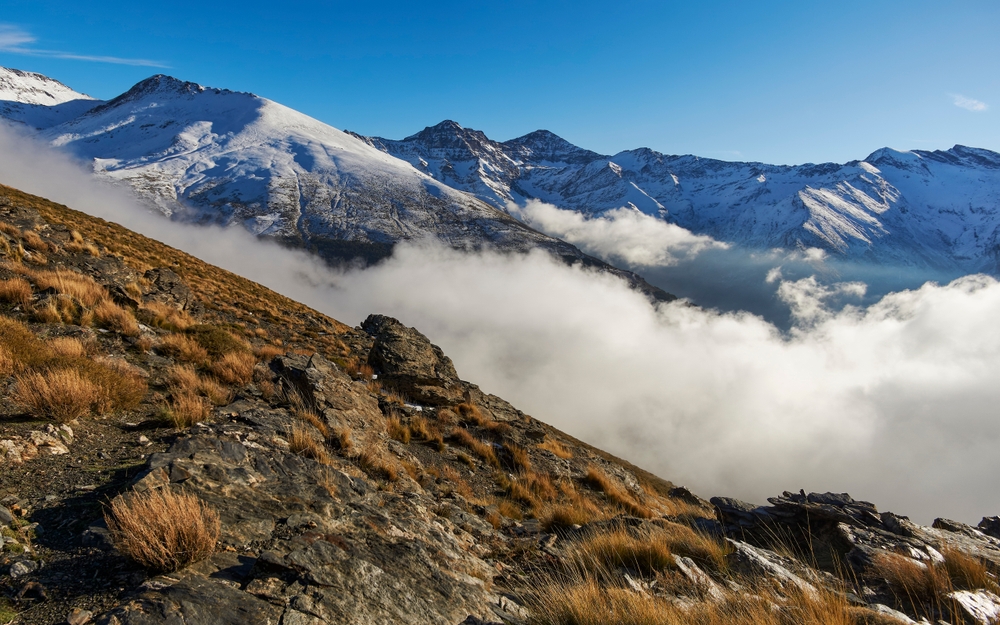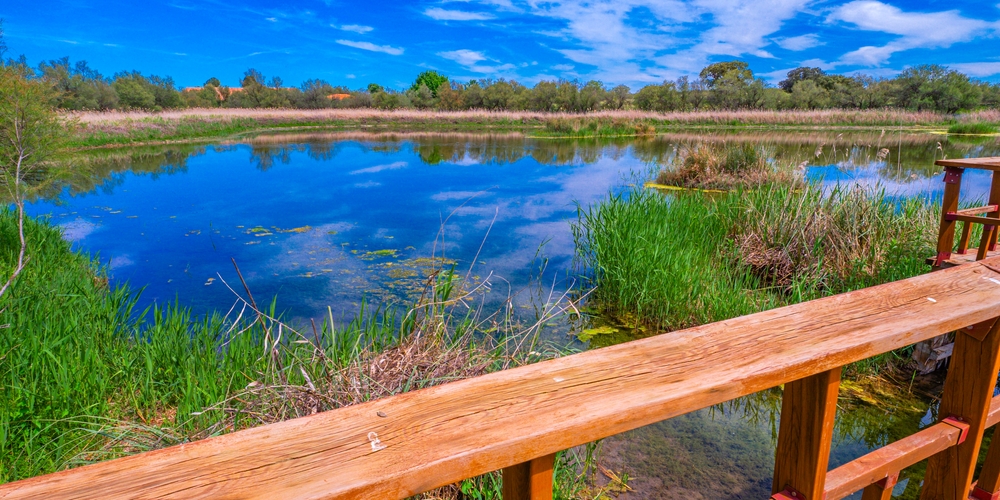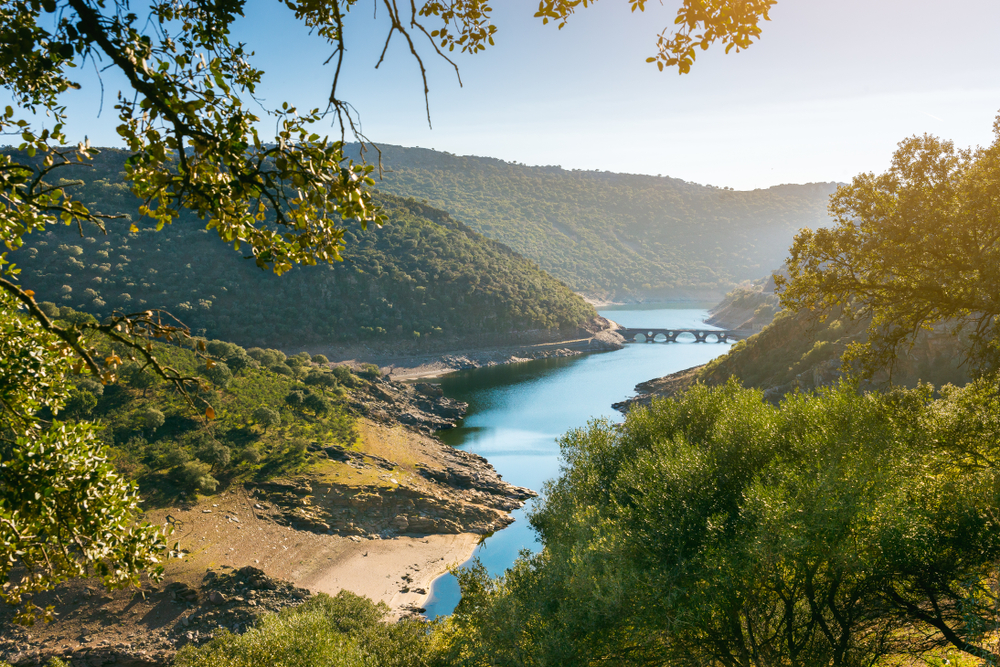Timanfaya Overview
Timanfaya National Park, known locally as Parque Nacional de Timanfaya, is a striking volcanic landscape located on the island of Lanzarote in Spain’s Canary Islands.
Covering approximately 20 square miles (51.07 square kilometers), this park is renowned for its otherworldly terrain shaped by intense volcanic activity between 1730 and 1736, with additional eruptions occurring in 1824. The park lies in the southwestern part of Lanzarote and is one of the island’s most iconic natural attractions, offering visitors a glimpse into a world of dramatic lava fields, craters, and geothermal phenomena.
The park’s terrain is dominated by vast lava flows, rugged volcanic cones, and barren plains that stretch to the horizon. The Montañas del Fuego, or Fire Mountains, form the heart of Timanfaya, with their deep red, ochre, and black hues contrasting against the stark blue sky.
One of the most fascinating aspects of the park is its geothermal activity, with temperatures just a few inches below the surface reaching up to 750 degrees Fahrenheit (400 degrees Celsius).
At the Islote de Hilario, park staff conduct demonstrations where dry brush bursts into flames when placed in the ground, and water poured into holes erupts in geyser-like bursts. The landscape is devoid of rivers and lakes, and the sparse vegetation consists mainly of hardy lichens and shrubs that have adapted to the arid volcanic soil.
Timanfaya National Park is home to a variety of wildlife that has adapted to the harsh conditions. While large mammals are scarce due to the limited vegetation, visitors may encounter species such as rabbits, geckos, and endemic lizards.
The park is particularly notable for its birdlife, with species such as the Barbary falcon, kestrels, and Bertholot’s pipit frequently seen soaring over the volcanic plains. Seabirds such as Cory’s shearwater are also spotted near the coastal cliffs. The unique environmental conditions have led to the presence of various invertebrates, including some that are endemic to the Canary Islands, thriving in the sheltered lava tubes and crevices.
One of the most popular features of the park is the Ruta de los Volcanes, a guided tour that takes visitors on a journey through the park’s most breathtaking landscapes. Due to conservation efforts, access to the park is restricted, and visitors are only permitted to explore certain areas via designated tours, camel rides, or walking trails.
The camel rides along the volcanic dunes offer a distinctive way to experience the scenery, reminiscent of historical transport methods used in Lanzarote’s past. The visitor center near Mancha Blanca provides interactive exhibits and information about the volcanic history, ecology, and conservation efforts of the park.
Conservation is a major focus for Timanfaya National Park, as the fragile volcanic environment requires careful management to prevent degradation. The park has been a protected area since 1974 and is part of the Lanzarote Biosphere Reserve, designated by UNESCO in 1993.
Strict regulations limit human impact, ensuring that the park’s unique landscape remains unspoiled for future generations. Despite the challenges posed by increasing tourism, efforts such as controlled visitor access, environmental education, and habitat restoration have helped maintain the integrity of this extraordinary volcanic wonder.











































































